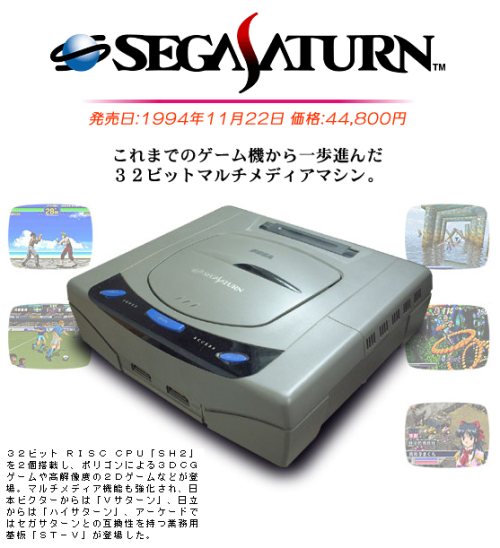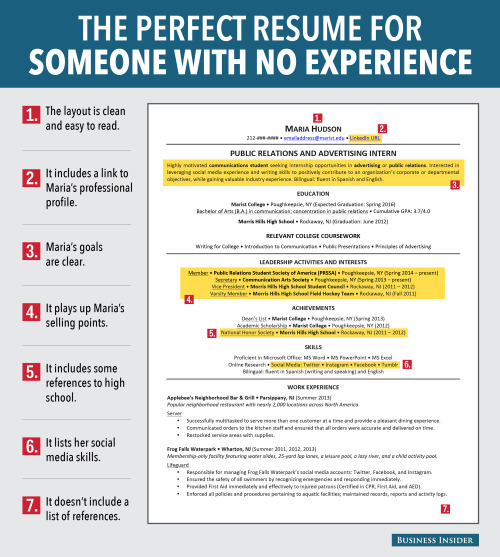50000 Curtidas!

50000 curtidas!
More Posts from Lokarprincipal and Others
Super Cute

Strawberries anyone?
Simples, mas eficiente.

Então, eu andei pensando sobre isso recentemente e resolvi fazer um masterpost explicando sobre o meu método de estudos em casa porque vejo muitas pessoas com problemas nessa área (esse método é principalmente voltado para o vestibular). Espero que esse post possa ajudar vocês e qualquer dúvida minha ask está sempre aberta!
• Fazer anotações durante as aulas. — grande parte da minha técnica de estudos gira em torno de realizar TODAS as minhas anotações apenas durante as aula, ou seja, eu não faço resumos ou anotações quando vou revisar a matéria. Então sim, todas as fotos que eu posto tanto aqui quanto no meu instagram são feitas durante as aulas (e de maneira rápida para conseguir prestar atenção no professor), mas eu só consigo fazer isso porque eu não consigo ficar parada enquanto eu me concentro, então em vez de ficar olhando pro professor e ouvindo o que ele diz (coisa que eu não consigo fazer), eu enfeito minhas anotações da aula nos momentos em que não tem matéria para copiar no quadro enquanto presto atenção no que o professor fala, se você não consegue fazer isso então recomendo que faça anotações simples e resumidas.
• Fazer mapas mentais simples como revisão — em vez de fazer resumos elaborados, quando eu sento para estudar X matéria eu faço um mapa mental simples com as informações mais importantes e gritantes que foram passadas durante a aula, e o mapa mental tem que ser feito de cabeça, sem espiar no caderno, mas quando você termina o mapa mental de preferência leia as anotações feitas em aula para ter certeza que não esqueceu de colocar nada no seu mapa mental.
• Fazer exercícios da matéria — essa provavelmente é a parte mais IMPORTANTE desse post. Após fazer o mapa mental, resolver exercícios de todas as matérias que você teve no dia, não importa o quanto você já tenha entendido a matéria, ou quanto você ache chato. Você PRECISA resolver problemas daquela matéria, eu recomendo fazer uma série de 15 exs de múltipla escolha/somatório e 5 exs. discursivos (esses últimos 5 exs. discursivos vão te mostrar o quanto você realmente sabe daquela matéria).
• Corrigir os exercícios — só depois que você acabar a lista de 20 exs. você deve corrigi-los, principalmente quando você é como eu e não tem o mínimo de auto controle e acaba vendo o gabarito do próximo exercício sem querer.
Old good times










SEGA Japan chronicled a list of their home game consoles online in the early 90s but abandoned it before the Dreamcast launched. You can still access the site through https://sega.jp/fb/segahard/
Mais idéias.
How To Create a Self-Study Schedule Part II: Casual Studying

Hello polyglots! I apologize for the lateness of this post! As you know I posted about how to create a study schedule if you are studying a language(s) intensively. Now I’m going to talk about how to study one language or multiple languages casually.
First, I need to define what casual studying even means. Studying casually means that you are foregoing certain aspects of language study in order to maintain a slow and low commitment pace. For example, say you’re learning French casually. Instead of psycho crazy grammar schedules filled with practicing grammar and vocab over and over, and quizzing yourself every day until your brain turns to pulp, you opt for a simple audio lesson every day for 15 minutes after you come home from work or school. Easy right? Yes! That’s the goal. With casual studying your schedule is freed up for other things. In addition, casual studying gives you the leisure to take your time to learn things deeply and thoroughly. Casual studying, however, implies that you are not studying so much for full fluency but for practical, everyday usage. So casual learners care a little less about learning the specifics about complicated grammar but instead want to learn how to use it in conversation by learning dialogues and repeating phrases. So how do you create a casual study schedule? Here’s what you’ll need to get started.
Keep reading
Excelente resumo sobre resumo, resumindo muito bom.

Infographic: 7 Reasons This Is An Excellent Resume For Someone With No Experience
Esse é o meu estado mental.


Fofo

Demais, minha árvore favorita.


Bright as the Sun
Sewing Machines & Planned Obsolescence


I've got these two sewing machines, made about 100 years apart. An old treadle machine from around 1920-1930, that I pulled out of the trash on a rainy day, and a new Brother sewing machine from around 2020.
I've always known planned obsolescence was a thing, but I never knew just how insidious it was till I started looking at these two side by side.
I wasn't feeling hopeful at first that I'd actually be able to fix the old one, I found it in the trash at 2 am in a thunderstorm. It was rusty, dusty, soggy, squeaky, missing parts, and 100 years old.
How do you even find specialized parts 100 years later? Well, easily, it turns out. The manufacturers at the time didn't just make parts backwards compatible to be consistent across the years, but also interchangeable across brands! Imagine that today, being able to grab a part from an old iPhone to fix your Android.
Anyway, 6 months into having them both, I can confidently say that my busted up trash machine is far better than my new one, or any consumer-grade sewing machine on the market.
Old Machine Guts


The old machine? Can sew through a pile of leather thicker than my fingers like it's nothing. (it's actually terrifying and I treat it like a power tool - I'll never sew drunk on that thing because I'm genuinely afraid it'd sew through a finger!) At high speeds, it's well balanced and doesn't shake. The parts are all metal, attached by standard flathead screws, designed to be simple and strong, and easily reachable behind large access doors. The tools I need to work on it? A screwdriver and oil. Lost my screwdriver? That's OK, a knife works too.
New Machine Guts


The new machine's skipping stitches now that the plastic parts are starting to wear out. It's always throwing software errors, and it damn near shakes itself apart at top speed. Look at it's innards - I could barely fit a boriscope camera that's about as thick as spaghetti in there let alone my fingers. Very little is attached with standard screws.
And it's infuriating. I'm an engineer - there's no damn reason to make high-wear parts out of plastic. Or put them in places they can't be reached to replace. There's no reason to make your mechanism so unbalanced it's reaching the point of failure before reaching it's own design speed. (Oh yeah there is, it's corporate greed)
100 years, and your standard home sewing machine has gone from a beast of a machine that can be pulled out of the literal waterlogged trash and repaired - to a machine that eats itself if you sew anything but delicate fast-fashion fabrics that are also designed to fall apart in a few years.
Looking for something modern built to the standard that was set 100 years ago? I'd be looking at industrial machines that are going for thousands of dollars... Used on craigslist. I don't even want to know what they'd cost new.
We have the technology and knowledge to manufacture "old" sewing machines still. Hell, even better, sewing machines with the mechanical design quality of the old ones, but with more modern features. It would be so easy - at a technical level to start building things well again. Hell, it's easier to fabricate something sturdy than engineer something to fail at just the right time. (I have half a mind to see if any of my meche friends with machine shops want to help me fabricate an actually good modern machine lol)
We need to push for right-to-repair laws, and legislation against planned obsolescence. Because it's honestly shocking how corporate greed has downright sabotaged good design. They're selling us utter shit, and expecting us to come back for more every financial quarter? I'm over it.
-
 panjackdaw liked this · 6 months ago
panjackdaw liked this · 6 months ago -
 ninomeira liked this · 7 months ago
ninomeira liked this · 7 months ago -
 abdalla-23 liked this · 8 months ago
abdalla-23 liked this · 8 months ago -
 lokarprincipal liked this · 10 months ago
lokarprincipal liked this · 10 months ago -
 consolefixer liked this · 10 months ago
consolefixer liked this · 10 months ago -
 janedoeoreo liked this · 10 months ago
janedoeoreo liked this · 10 months ago -
 lokarprincipal reblogged this · 10 months ago
lokarprincipal reblogged this · 10 months ago